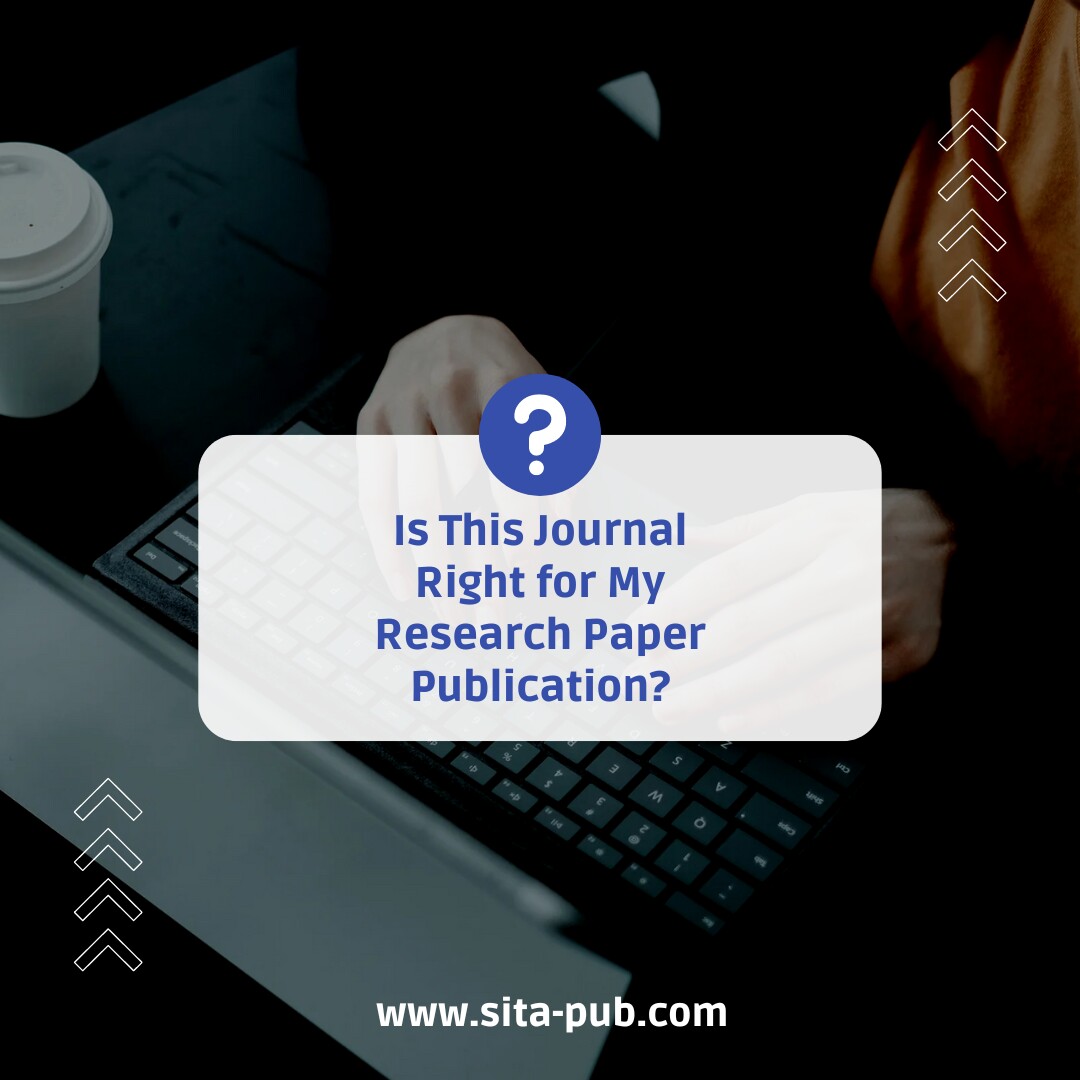Is This Journal Right for My Research Paper Publication?


Publishing your research is a crucial step in any academic career. It acknowledges your contribution to the field and allows recognition, collaboration, and future research opportunities. However, selecting the right journal is critical for maximizing your impact and reaching the intended audience. The journal you choose can have an impact on your chances of acceptance and, ultimately, how your work is perceived and recognized in your field.
Submitting your research to a journal that aligns with its scope and standards significantly increases your chances of acceptance. A mismatch can lead to rejection, delaying publication, and potentially impacting your career progression.
The journal's reputation and reach directly influence the visibility and recognition of your work. Publishing in a prestigious journal with a large readership can significantly boost your credibility and impact in your field.
Choosing a journal that is specific to your research area and target audience ensures that your work reaches the most relevant readers, maximizing its potential for engagement and influence.

With so much at stake, understanding key factors can help you make an informed decision.

The first step is to ensure your research aligns with the journal's scope. Ask yourself:
What topics and disciplines does the journal cover? Does it focus on your specific research area or a broader field?
What kind of articles does the journal publish? Are they primarily original research, reviews, or theoretical papers?
What is the journal's target audience? Is it aimed at a specific niche or a broader academic community?
Matching your research to the journal's scope increases your chances of acceptance and ensures your work reaches the most relevant audience.

Once you've confirmed a scope match, consider the journal's metrics, which provide insights into its influence and prestige:
This metric reflects the average number of citations received by articles published in a journal over a specific period. A higher IF generally indicates greater influence within the field.
This metric considers both the number of citations and the number of publications, providing a more holistic view of a journal's impact.
This score measures a journal's influence based on the number and quality of citations it receives.
This metric classifies journals based on their impact factor relative to other journals in the same field. Journals in the top quartile (Q1) are considered the most influential, while those in the bottom quartile (Q4) are generally less influential.
While impact factors are important, remember they are just one indicator. Consider the overall reputation of the journal within your field and the relevance of its readership to your research.

Time is a crucial factor, especially if you have deadlines or funding constraints. Consider the following:
This refers to the time it takes for the journal to send your manuscript out for peer review after initial submission. A shorter review time means you'll receive feedback sooner, allowing you to adjust your plans accordingly.
This is the time it takes for the journal to make a decision on your manuscript after the peer review process is complete. A shorter decision time means you'll know the outcome of your submission more quickly.
This is the time it takes for your manuscript to be published after acceptance. Knowing this timeline helps you anticipate when your research will be available to the wider community.

The acceptance rate provides a general indication of the journal's selectivity:
Higher acceptance rates suggest a more open submission process.
Lower acceptance rates indicate a more rigorous review process and potentially higher standards.
While acceptance rates can be helpful, remember they are only a general indicator. The quality of your research and how well it aligns with the journal's scope are ultimately more important.

Consider the journal's indexing status. Is it indexed in major databases like Scopus, Web of Science, or PubMed? Indexing ensures your research is discoverable by a wider audience, increasing its potential impact.

Open-access journals make research freely available to anyone with an internet connection, removing barriers to access and promoting wider dissemination. Consider these factors:
Article Processing Charges (APCs): Some open-access journals charge authors a fee to publish their research. Evaluate whether the cost aligns with your budget and research funding.
Open Access Policies: Some institutions or funders may have policies that encourage or require open-access publication. Check if your institution or funding source has any specific guidelines.
Ready to publish your research in a top-tier journal? SITA Academy can help you find the perfect fit! Submit your research abstract or title, along with your field of study. We'll provide a personalized list of suitable journals, tailored to your specific area.
We will look at each journal's key metrics, such as impact factor, publication timeline, acceptance rates, and indexing status. (including the Social Science Index, Scopus, PubMed, and Web of Science). We'll also highlight open-access options to ensure your research reaches a wider audience.
Our expert team understands the complexities of the publication process and is dedicated to guiding you through every step. We'll help you in the entire process and ensure your journal articles are presented in the best possible light.